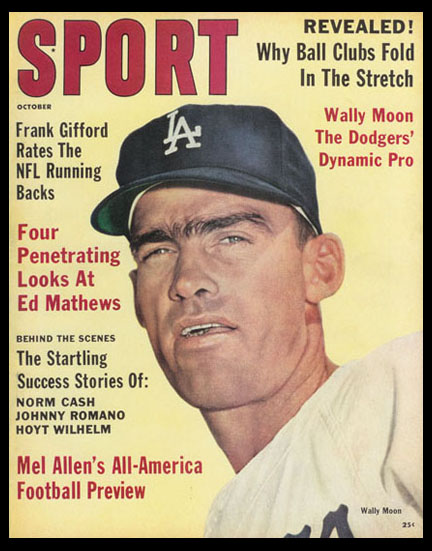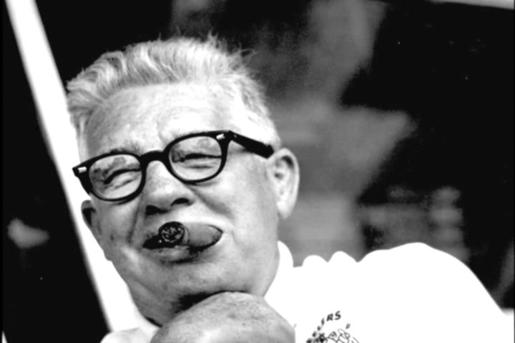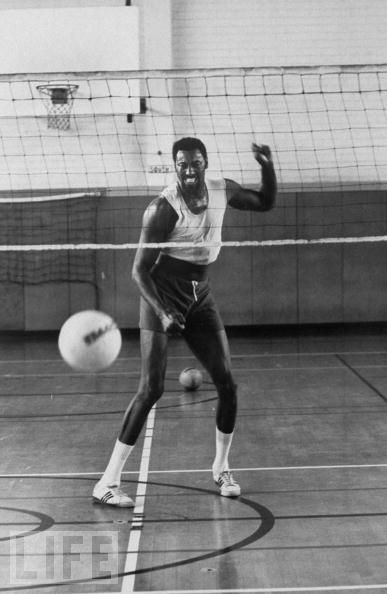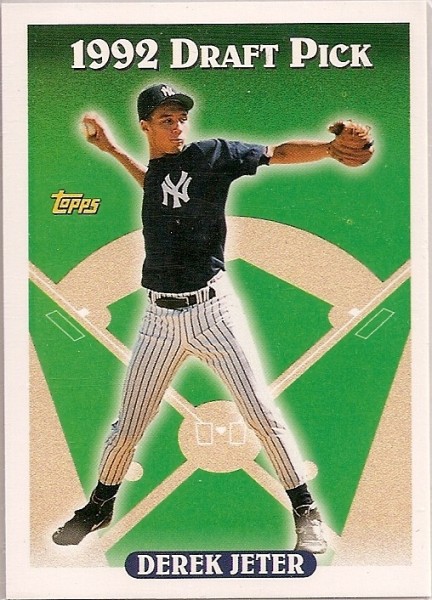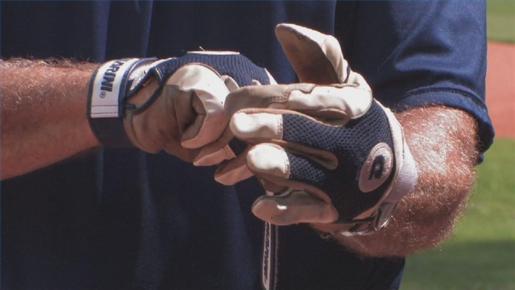Here is the latest in a series of examinations into urban legends about basketball and whether they are true or false. Click here to view an archive of the basketball urban legends featured so far.
BASKETBALL URBAN LEGEND: The “Larry Bird exception” to the NBA salary cap got its name from the Celtics being the first team to go over the salary cap to re-sign one of their players, namely Larry Bird.
In 1983, the National Basketball Association (NBA) gained a great deal of attention due to their Collective Bargaining Agreement (CBA), which instituted a salary cap for player salaries. Neither the National Football League, National Hockey League or Major League Baseball had salary caps at the time.
The salary cap was set to kick in for the 1984-85 season. However, while the original intention was to create a so-called “hard cap” (where there was a set limit to how much teams could spend and they could not go over this limit), the NBA quickly adopted a “soft cap” instead. By a “soft cap,” I mean that teams could exceed the cap on how much they could spend on salaries (which was $3.6 million to start with, but otherwise 53% of league revenue) but only under certain circumstances.
One of the most famous examples is that teams were allowed to re-sign their own player, even if in doing so, they exceeded $3.6 million. They could do so by matching offer sheets given to the free agent player by another team or simply giving the player a new contract. This was to allow teams not to be forced to let their players leave simply to stay under the cap. The NBA figured that it would be better for the popular teams to retain their stars if they so chose.
This rule exists to this day, only further modifications have made it so that not only is it possible for teams to re-sign their own players, but it is actually in the financial best interests of players to not leave their original team, as they are limited to four-year contracts if they sign with other teams but can sign five-year contracts with their own team (and their own team can give their players larger yearly increases in salary than other teams can).
While technically called “Qualifying veteran free agents,” this exception has long since been referred to as the “Larry Bird Exception,” as it supposedly was developed so that Larry Bird, a free agent after the 1983-84 season, could be re-signed by his team, the Boston Celtics.
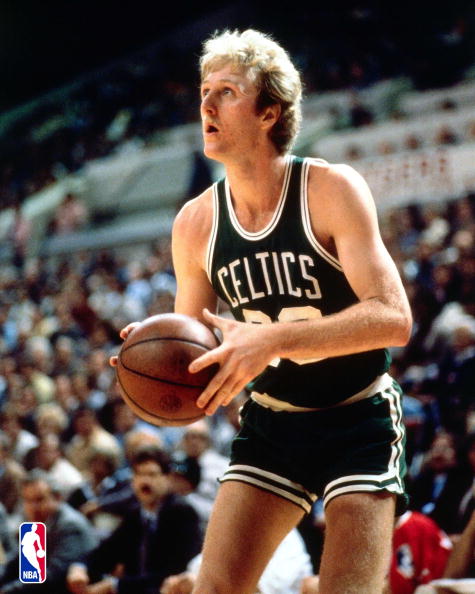
That might very well have been the intent of the rule (to specifically make sure that Larry Bird did not have to leave the Boston Celtics). However, the rule was not actually used on Bird! Read the rest of this entry »



